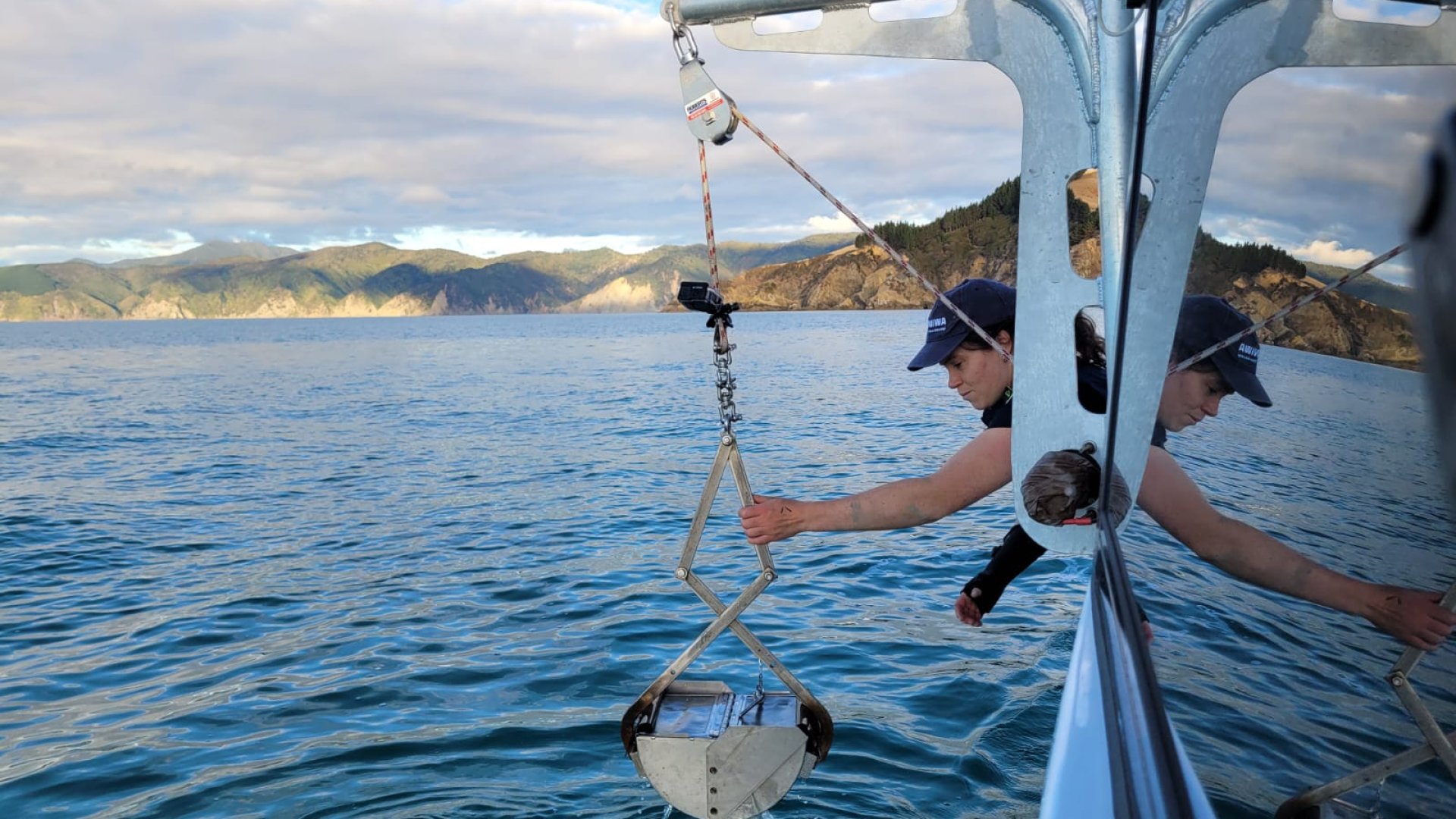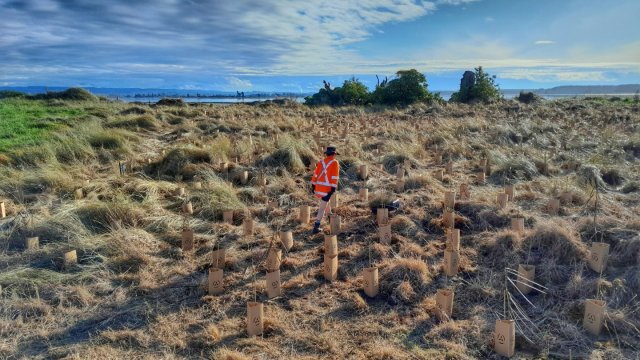Musseling in on the action
24/05/2024 3:35pm
Seafloor mapping carried out by Nelson City Council scientists in the Wakapuaka and Horoirangi area has discovered multiple previously unknown horse mussel (Hururoa) beds.
The beds were discovered as part of fieldwork completed for “Mai i Whangamoa ki Horoirangi, mai i uta ki tai” (stretching from Whangamoa to Horoirangi, from the land to the sea), a collaborative project involving representatives from Nelson City Council, the Whānau of Wakapuaka 1B and Ngāti Tama ki Te Waipounamu, the Department of Conservation, Land Information NZ, National Institute for Water and Atmosphere, Fisheries NZ, and The Nature Conservancy.
Dr Harry Allard, coastal and marine scientist NCC. says horse mussels are an important but vulnerable habitat-forming species associated with diverse seafloor communities.
“The project aims to characterise the sea floor habitats in an area surrounding the Horoirangi Marine Reserve and neighbouring Wakapuaka Taiapure, expanding on multibeam mapping conducted by LINZ last year, ” says Dr Harry Allard.
This work involved taking samples at 80 different sites to analyse the sediment characteristics of the seafloor, baited underwater video at 112 sites to count the predatory fish species present, and live drop camera deployments to film the seafloor.
After a month on the water, the team of scientist have collated data and will use it to provide valuable insights into the preferred conditions and likely locations of key habitat-forming species, including sponges, mussels and macroalgae (seaweeds).
This will be essential for planned restoration work under the Kotahitanga mō te Taiao Alliance, and sustainable management of the area for future generations.
“This project has been a great opportunity for our Wakapuaka whānau to be part of a team collecting information for analysis around the state of seafloor within the Wakapuaka Taiapure boundary. As part of being able to provide these opportunities through such projects this has enabled strategic partnerships to be formed and education pathways towards higher recognition of learning” says Dayveen Stephens, Environmental Manager, Ngāti Tama Ki Te Waipounamu Trust.




